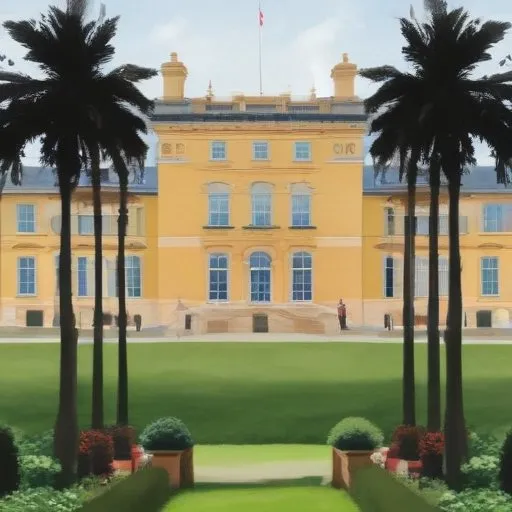Robert Adam: The Visionary Architect Who Shaped Neoclassical Design
A Master of Neoclassicism and Interior Design
Robert Adam, a Scottish neoclassical architect, interior designer, and furniture designer, left an indelible mark on the world of architecture and design. As the son of William Adam, Scotland's foremost architect of the time, Robert Adam went on to become one of the most celebrated architects of his era, known for his innovative and elegant designs that transformed the British landscape.
The Adam Style: A Revolution in Design
In the mid-18th century, Adam's work marked a significant departure from the prevailing Rococo style, ushering in a new era of neoclassicism. His designs, characterized by simplicity, elegance, and harmony, drew inspiration from ancient Greek and Roman architecture. The Adam Style, as it came to be known, was a distinctive blend of classical elements, subtle ornamentation, and a sense of proportion and balance.
A Journey Through Rome and the Continent
In 1754, Adam embarked on a five-year journey to Rome, where he studied under Charles-Louis Clérisseau and
Giovanni Battista Piranesi. This formative experience had a profound impact on his work, as he absorbed the classical influences that would shape his designs. During this period, Adam developed a deep understanding of the principles of architecture, which he would later apply to his work in Britain.
A Leader in the Classical Revival
Upon his return to Britain, Adam established a successful practice in London, where he was joined by his younger brother James. Together, they created some of the most iconic buildings of the time, including the renowned Syon House and Kedleston Hall. Adam's work not only reflected his mastery of classical design but also his ability to adapt these principles to the British landscape.
Influence on Western Architecture
Adam's influence extended far beyond Britain's shores, shaping the development of Western architecture in both Europe and North America. His designs inspired a generation of architects, who drew upon his ideas and adapted them to their own contexts. Today, Adam's legacy can be seen in many iconic buildings around the world, from the White House in Washington D.C. to the Royal Pavilion in Brighton.
Awards and Honors
Adam's contributions to architecture and design were recognized during his lifetime, and he was appointed Architect of the King's Works from 1761 to 1769. He was also elected a Fellow of the Royal Society in 1761 and served as a member of Parliament for Kinrossshire from 1768 to 1774.
Personal Milestones and Key Life Events
- 1728: Born on July 3rd at Gladney House in Kirkcaldy, Fife, Scotland
- 1734: Attended the Royal High School, Edinburgh
- 1754: Embarked on a five-year journey to Rome to study architecture
- 1761: Appointed Architect of the King's Works
- 1768: Elected member of Parliament for Kinrossshire
- 1792: Died on March 3rd at the age of 63
Legacy and Impact on Modern Society
Robert Adam's legacy extends far beyond his own lifetime. His designs continue to inspire architects, designers, and artists today, and his influence can be seen in many aspects of modern society. From the elegant curves of 18th-century furniture to the stately grandeur of government buildings, Adam's work remains a testament to the power of innovative design.
As we reflect on Adam's remarkable life and career, we are reminded of the enduring impact of his vision and creativity. His contributions to the world of architecture and design continue to shape our understanding of beauty, proportion, and harmony, inspiring new generations of creatives to push the boundaries of what is possible.
FAQ
What is Robert Adams most famous architectural design?
Robert Adam is renowned for his design of Culzean Castle in Scotland, a grand neoclassical mansion that showcases his mastery of proportion, symmetry, and ornamentation.
How did Robert Adams Scottish heritage influence his architecture?
Robert Adams Scottish upbringing and education instilled in him a deep appreciation for classical Greek and Roman architecture, which he incorporated into his designs.
What was Robert Adams contribution to neoclassical architecture?
Robert Adam was a leading figure in the neoclassical movement, which sought to revive classical architectural styles. His designs, characterized by simplicity, elegance, and proportion, helped shape the course of 18th-century architecture.
How did Robert Adams partnership with his brother influence his work?
Robert Adams partnership with his brother, James Adam, allowed them to share ideas and collaborate on projects, resulting in some of the most iconic buildings of the 18th century.
What is Robert Adams legacy in architectural history?
Robert Adams legacy lies in his innovative and influential architectural designs, which continue to inspire architects and designers today. He is remembered as one of the greatest architects of the neoclassical era.

